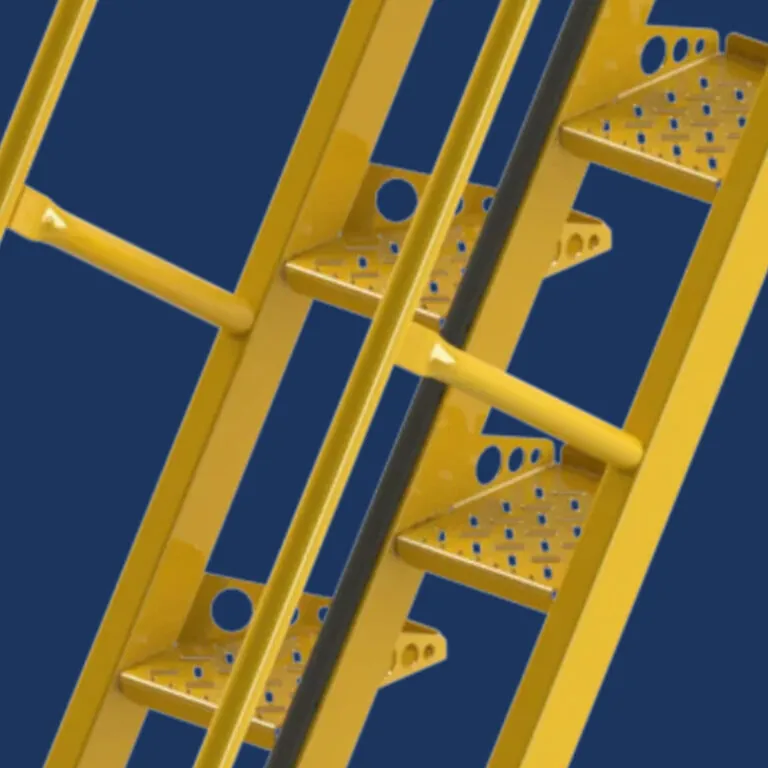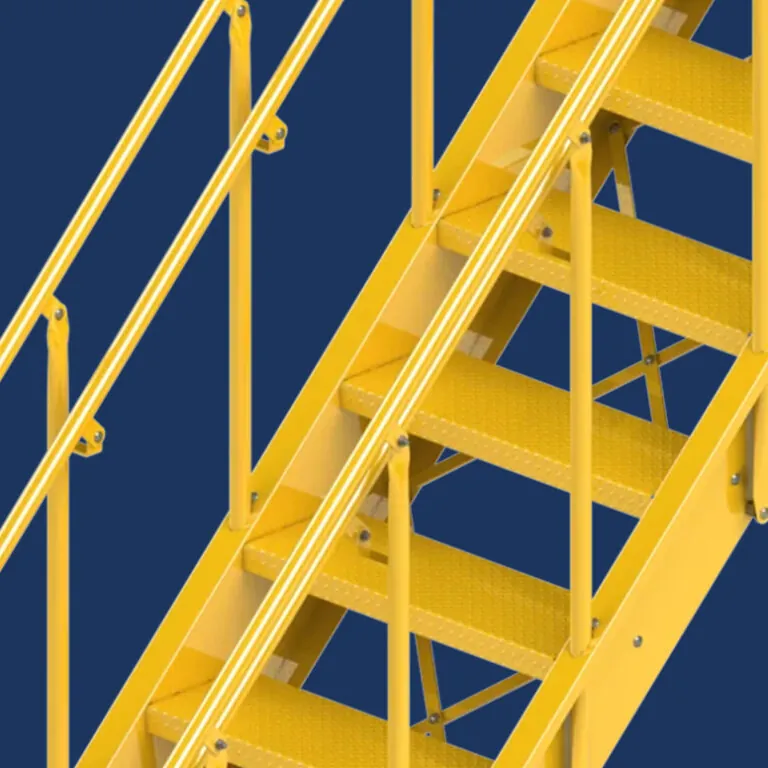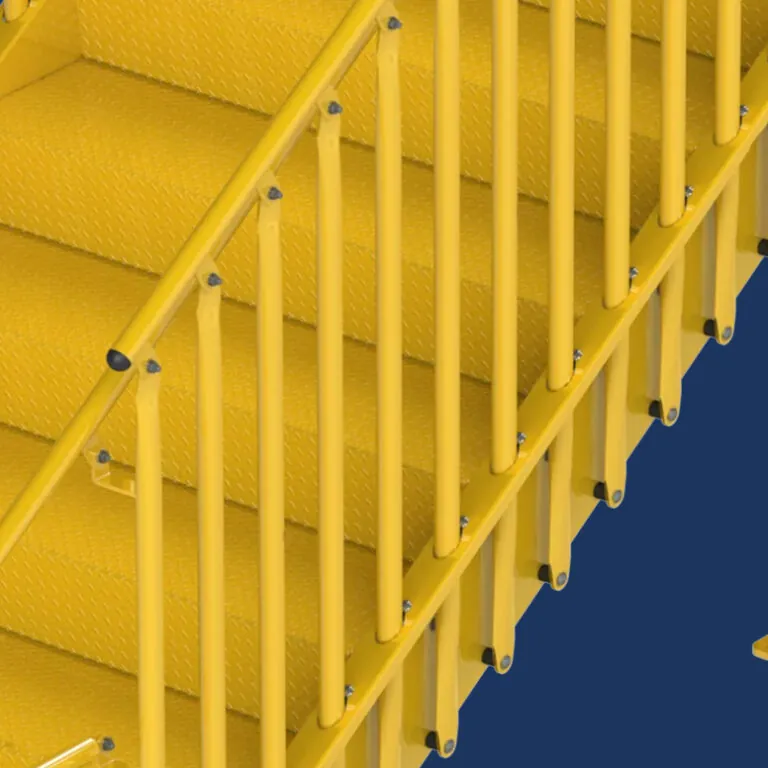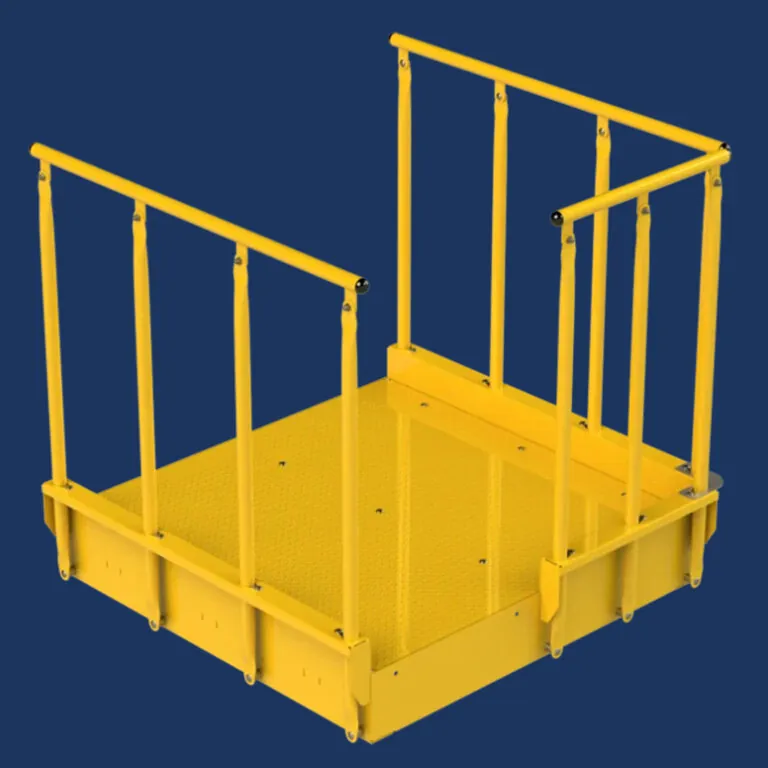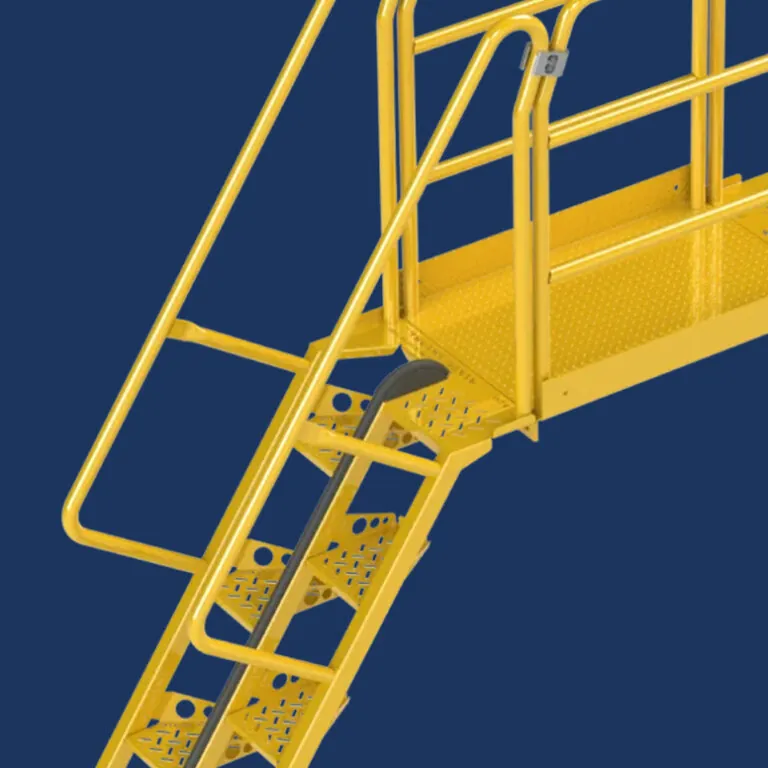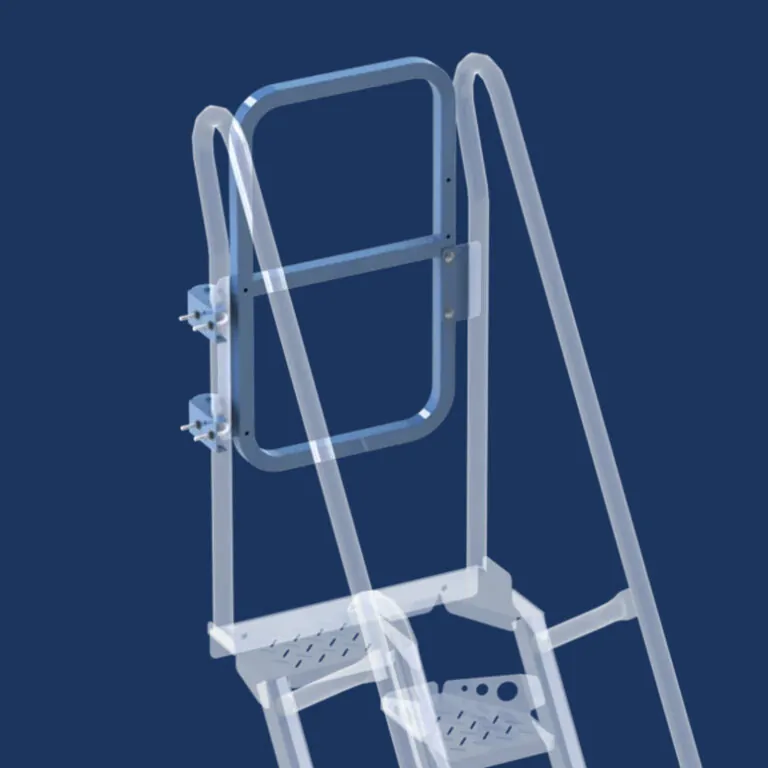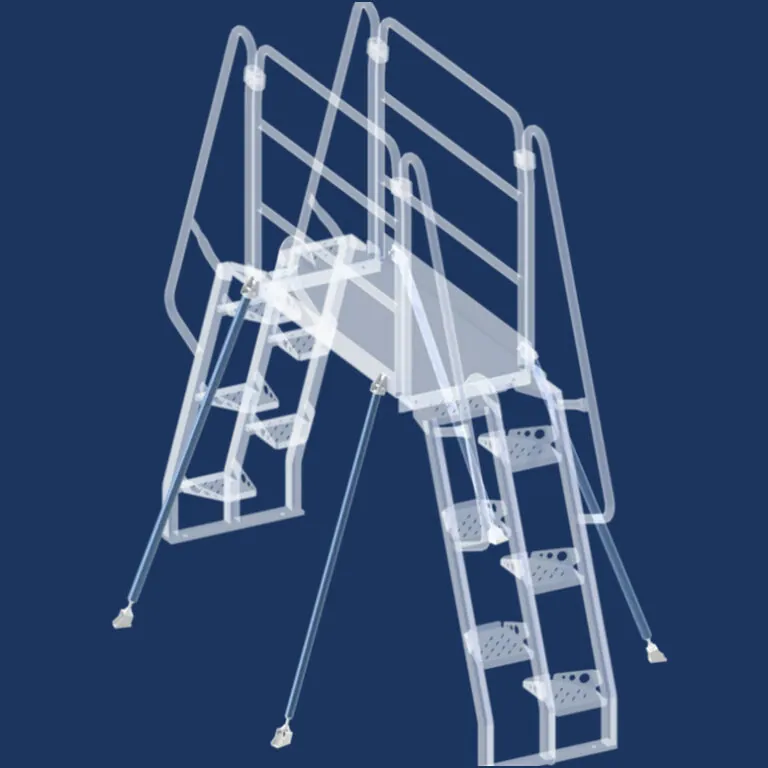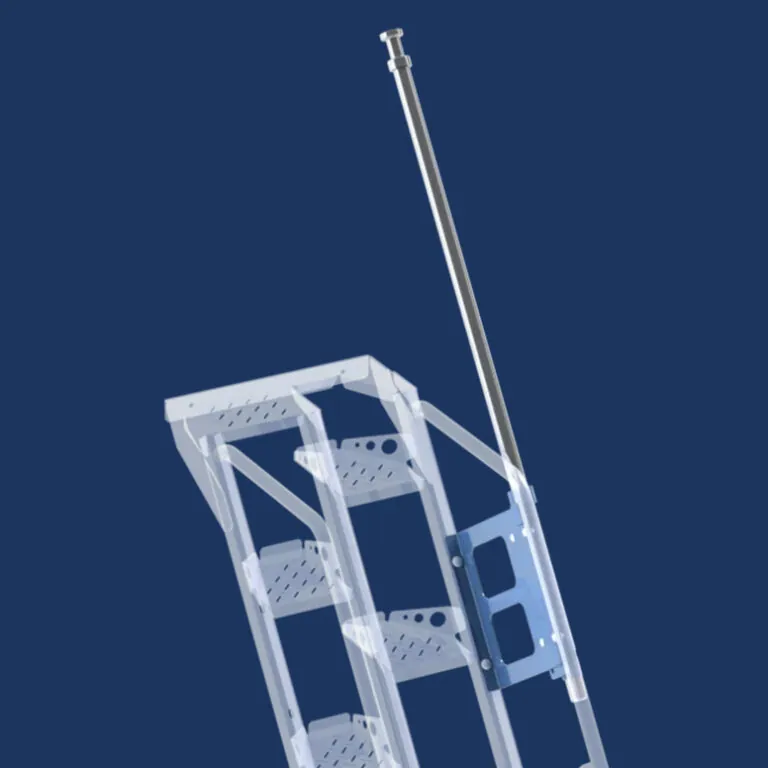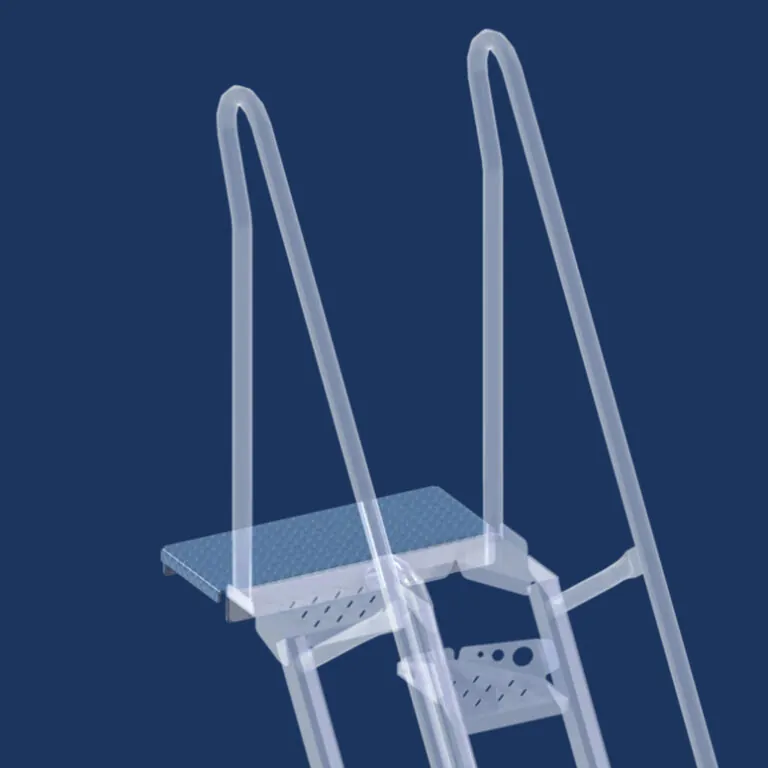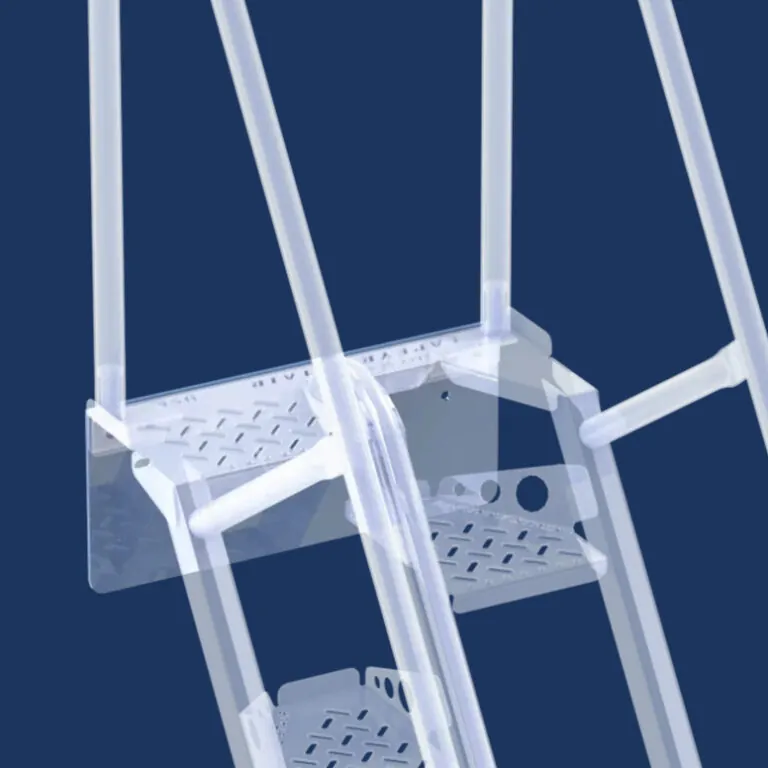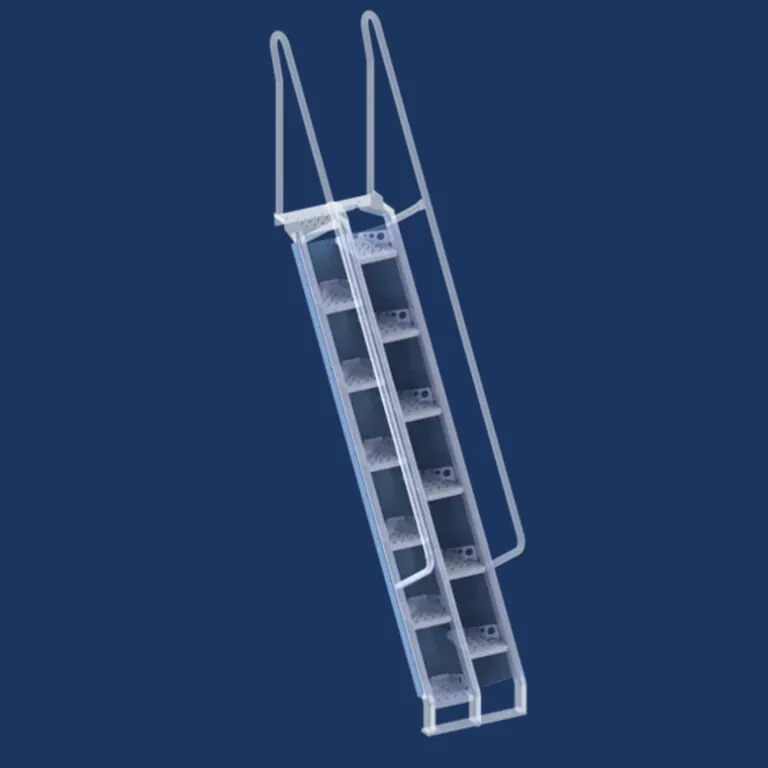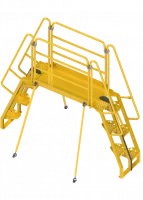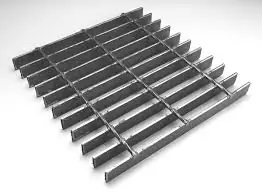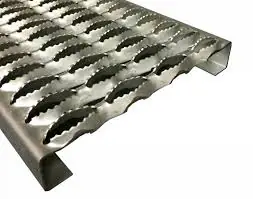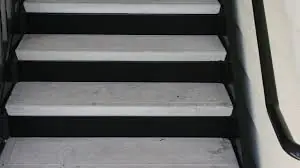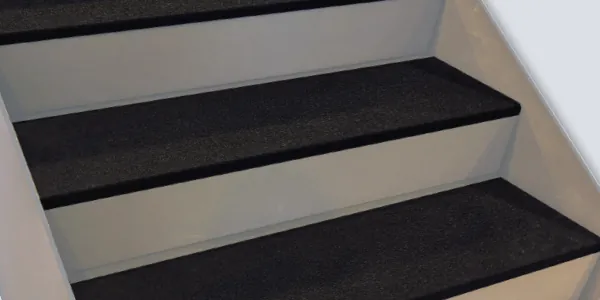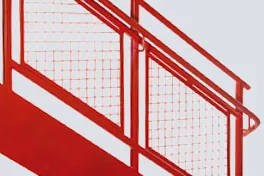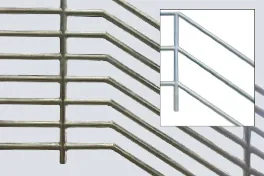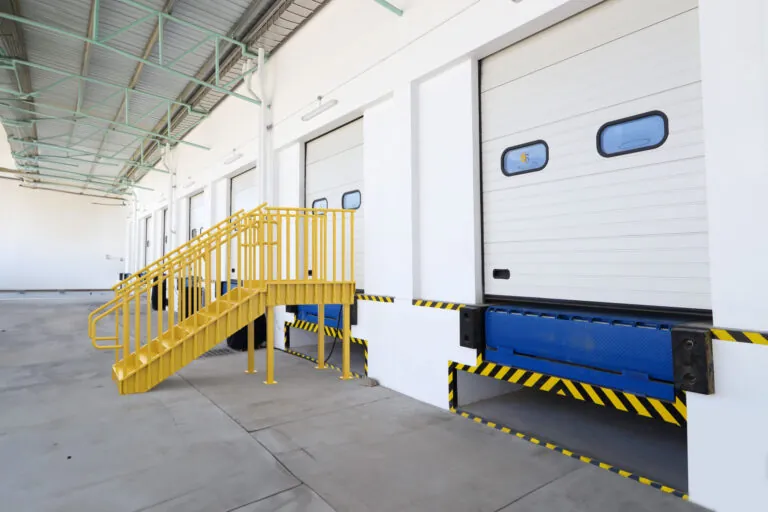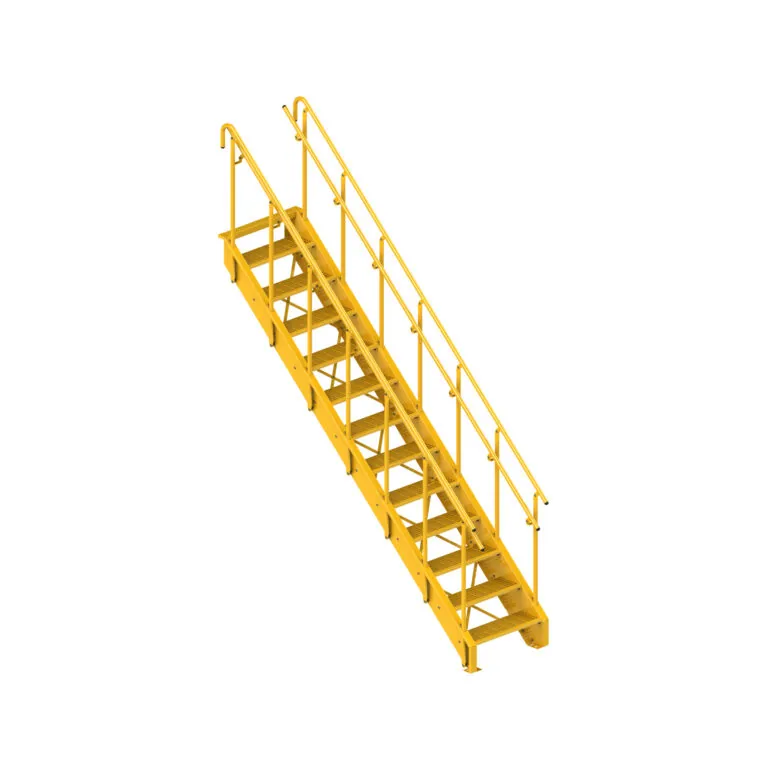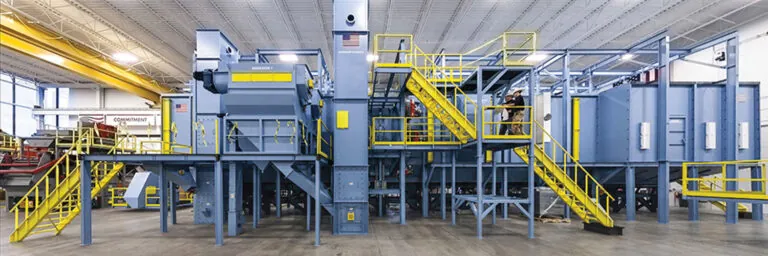Steel stair designs provide a strong, durable, safe, and flexible solution for any stair project. Metal stair designs in either carbon steel or stainless steel can fit many different applications and design specifications. Steel staircases can be designed to be both cost-effective and visually appealing. These steel stair design examples show they work for a wide range of designs, from maintenance and service stairs to high-end architectural stairs.
Carbon steel stair design examples
Carbon steel is the most common material used to design metal stairs. It is cost-effective, extremely strong and durable to support complex stair designs, and can be finished with many types of coatings. Lapeyre Stair specializes in designing commercial steel stairs and industrial prefab steel stairs. Many companies specialize in designing architectural and feature stairs. Below are examples of the different design and finish options for the different components of metal stair design.
Steel stair tread design examples
Stair treads serve as the walking surface for each step. A durable, non slip surface is the most important safety criteria for stair treads. Stair treads can be purely functional in nature for service stairs, egress stairs, and maintenance stairs; or they can serve as an architectural focal point on monumental stairs.
Diamond plate stair treadCost-effective for industrial and service stairs |
Bar grate stair treadHeavy duty for industrial stairs |
Grip Strut stair treadNon slip for industrial stairs |
|
|
|
|
Concrete stair treadDurable for commercial and residential stairs |
Abrasive coated stair treadNon slip and durable for service and egress stairs |
Wood stair treadsFor architectural and modern steel staircases |
|
|
|
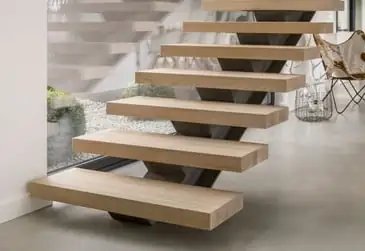 |
Steel handrail design examples
Handrails are a safety feature of stairs that the user can grab onto in the case of a slip or fall. Handrails can be attached to either a guardrail or directly to a wall. IBC stair codes require two handrails on each stair flight, and OSHA requires at least one handrail.
Steel guardrail mounted handrailServe as the grabrail on the guardrail side of the staircase |
Steel wall mounted handrailServe as grabrail on the wall side of a staircase |
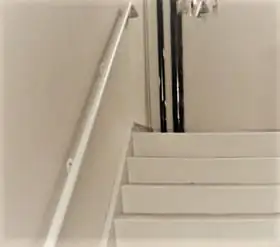 |
Steel railing design examples
Stair railings act as the guardrail to protect people from falling off the stair. They can be purely functional in nature or serve as an architectural centerpiece. Powder coated steel railings provide a long-term and durable finish to protect the railings.
Stair railings for egress stairs
Functional railings serve as fall protection on the open side of the stairway. These types of railings are used in service stairwells and egress stairways. While the primary purpose is functional in nature, these railings can be designed to have a clean finish and look.
Picket railingCost-effective for commercial and residential stairs |
Mesh panel railingHigh-end look for commercial and residential stairs |
Multi-line railingDurable for commercial stairs |
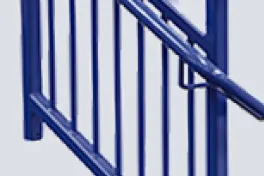
|
|
|
Architectural stair railings
Architectural railings serve as a visual focal point for modern stairs and ornamental stairways. These railing systems not only can look visually appealing but also provide fall protection on the open side of the stairway. Architectural railing systems are designed and manufactured by companies who specialize in these types of railing systems.
Steel with glass railing example
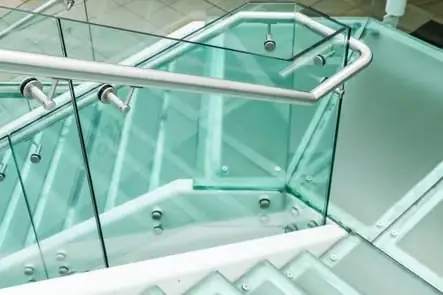
Steel stair stringer design examples
Stair stringers serve as the support structure for the stair flight. Stringers can be side mounted to the treads or positioned underneath the treads. Functional stairs for service stairwells and egress stairwells usually have side mounted stringers. Architectural and modern stairs may have stringers positioned directly underneath the treads. A floating stair has the stringer hidden in the wall to make the stair appear floating in space.
Egress steel stair stringers examples
Steel plate stair stringerCost-effective stringer for service and egress stairs |
Steel channel stair stringerMulti-functional stringer for any type of application |
Steel tube stair stringerHigh-end stringer for commercial and residential egress stairs |
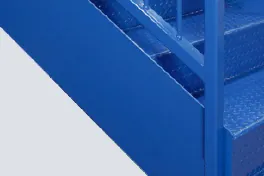 |
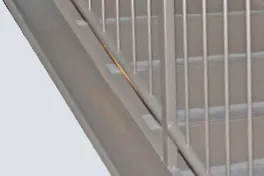 |
Modern steel stair stringer examples
Center stringer underneath stair treads |
Two stringers underneath stair treads |
Floating stair stringer example
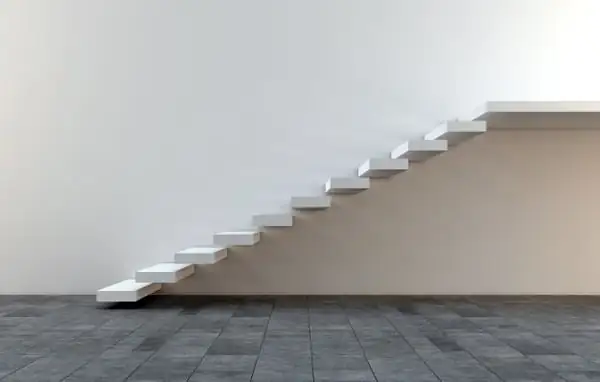
Stainless steel stair design examples
Stainless steel stairs are best for architectural stairs and industrial stairs in food production or chemical environments. Stainless steel provides a polished look and is easily cleanable. Because it does not rust like carbon steel it works great for outdoor stairs. Stainless steel stairs are considerably more expensive than carbon steel stairs.
Industrial stainless steel stair treads
Stainless steel diamond stair treadAll-purpose stainless tread |
Stainless steel bar grate stair treadHeavy duty and drains easily for wet environments |
Stainless steel grip treadAdded slip-resistance for wet or slippery environments |
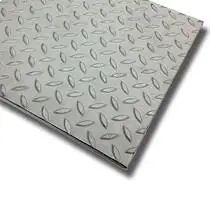 |
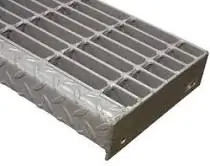 |
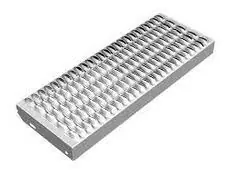 |
Stainless steel alternating tread stair tread
Slip resistant tread for space-restricted applications
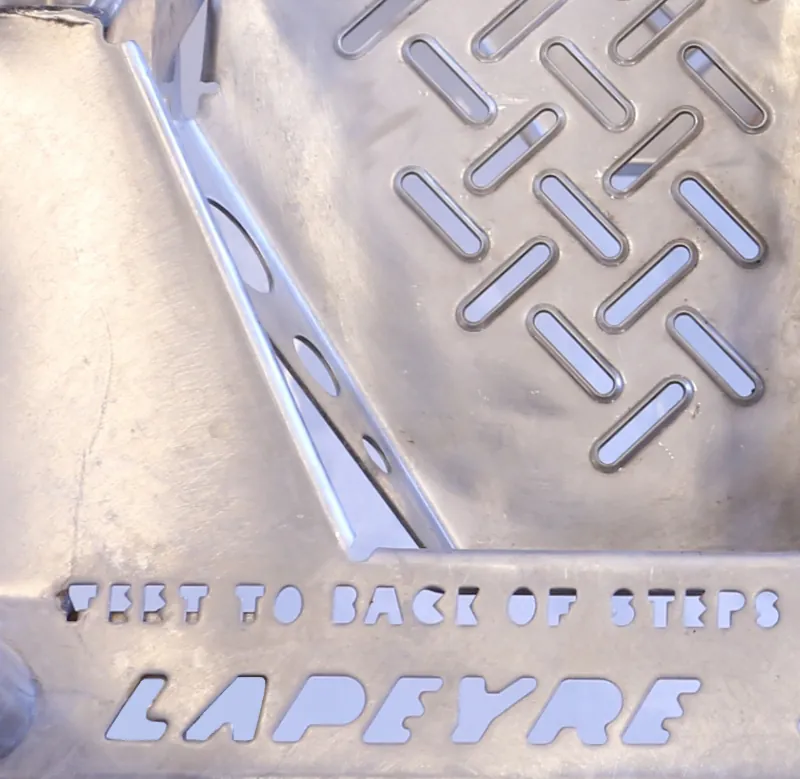
Stainless steel railings
Stainless steel railings are rust-proof, easily cleanable, and have a polished finish. Stainless railings are best for high-traffic areas in commercial buildings and for wet or chemical industrial environments.
Architectural stainless steel railingFor high traffic areas in commercial buildings and egress pathways. Great for outdoor railings. |
Industrial stainless steel railingFor wet and chemical environments. Great for food applications that have stringent cleaning requirements |
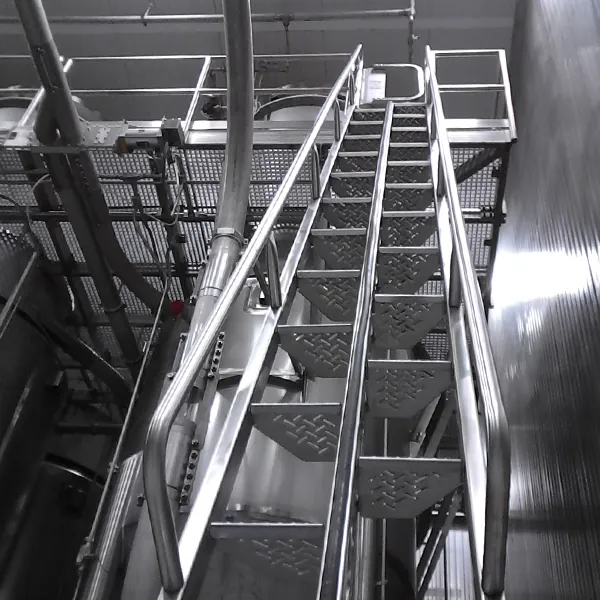 |
Need steel staircase design for your project?
Lapeyre Stair’s team of designers can help you design a steel stair to meet your application. We specialize in industrial stair designs, service stairs, and egress stair design. Our stair design team has advanced knowledge of building codes and stair engineering requirements to guarantee a safe, code-compliant stair design.

